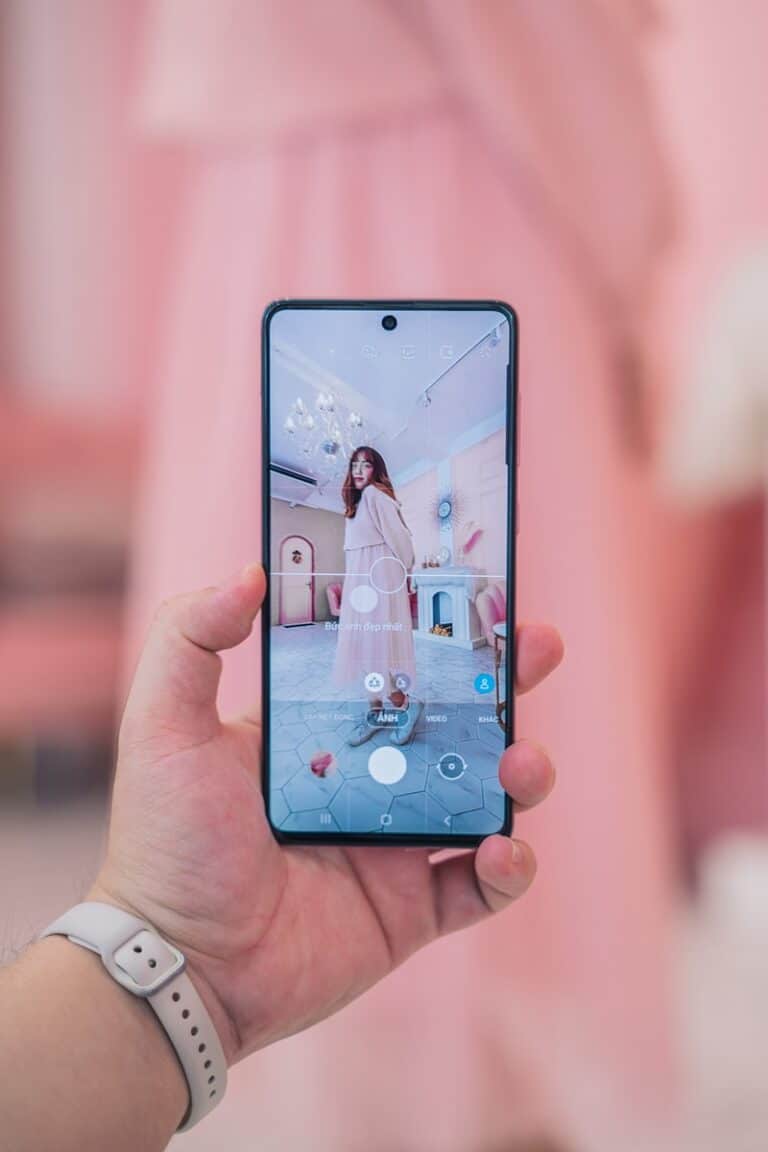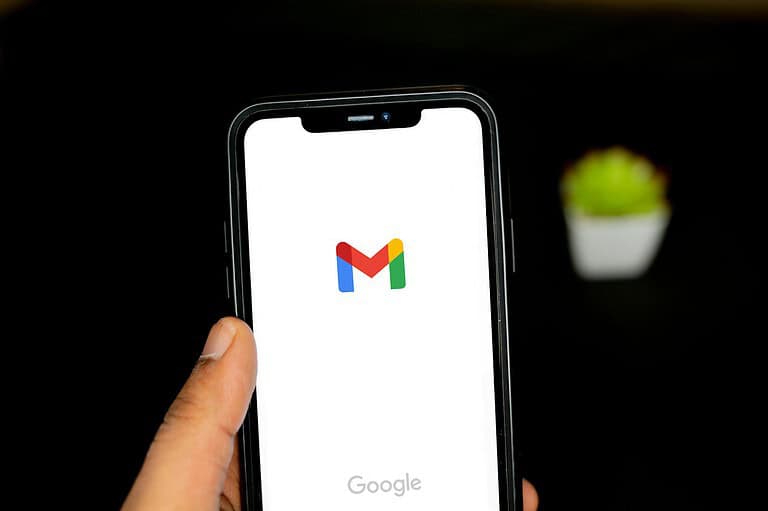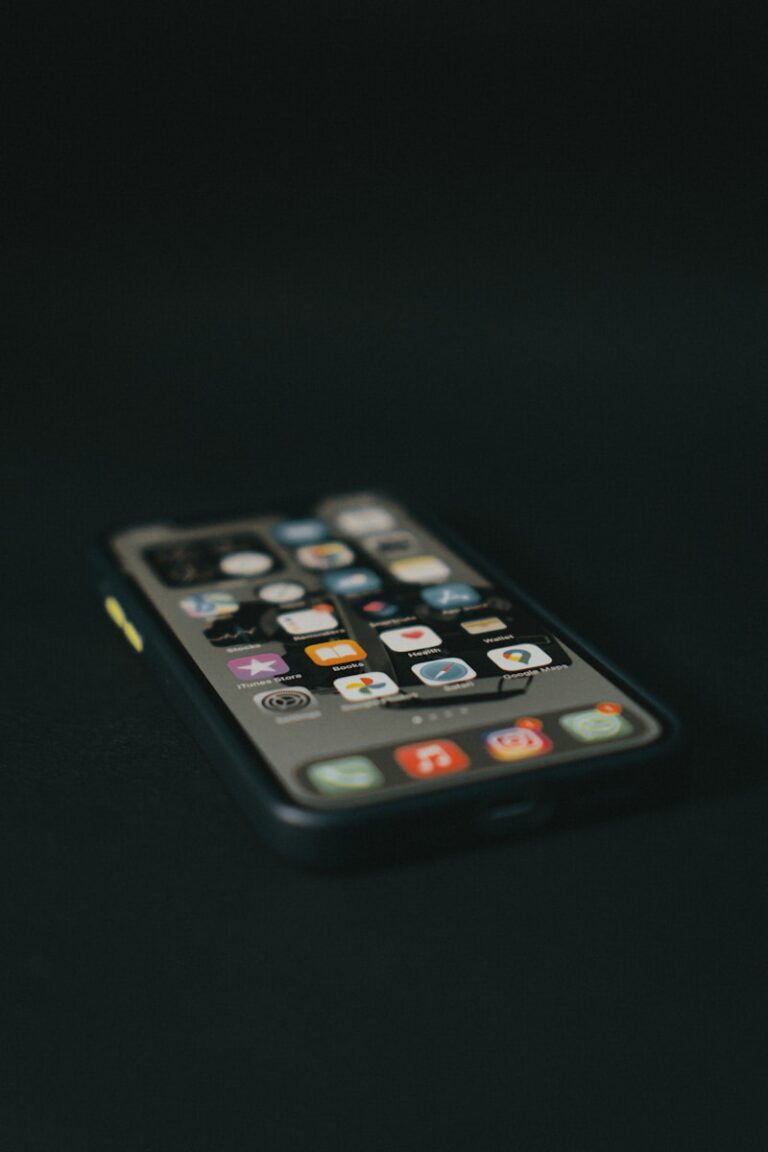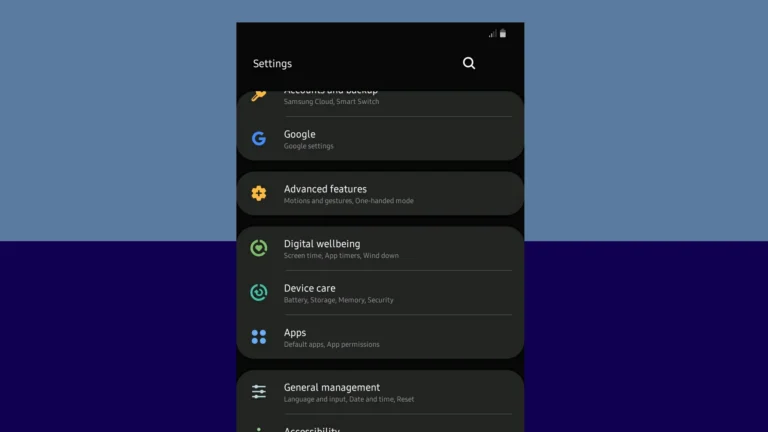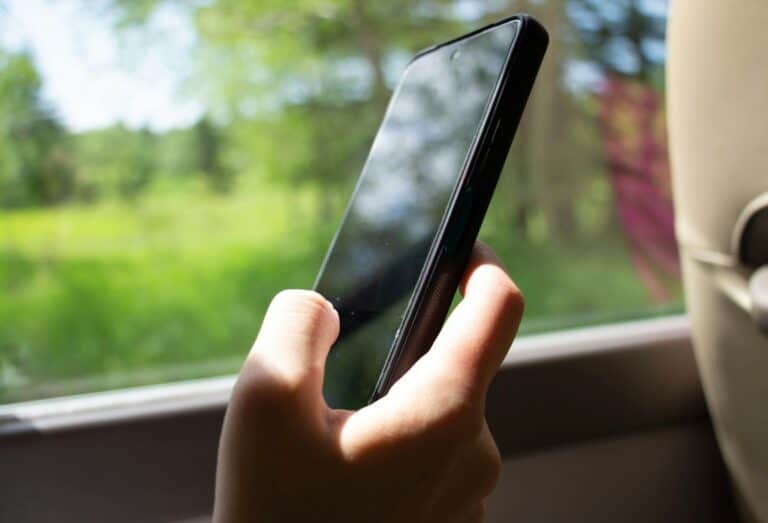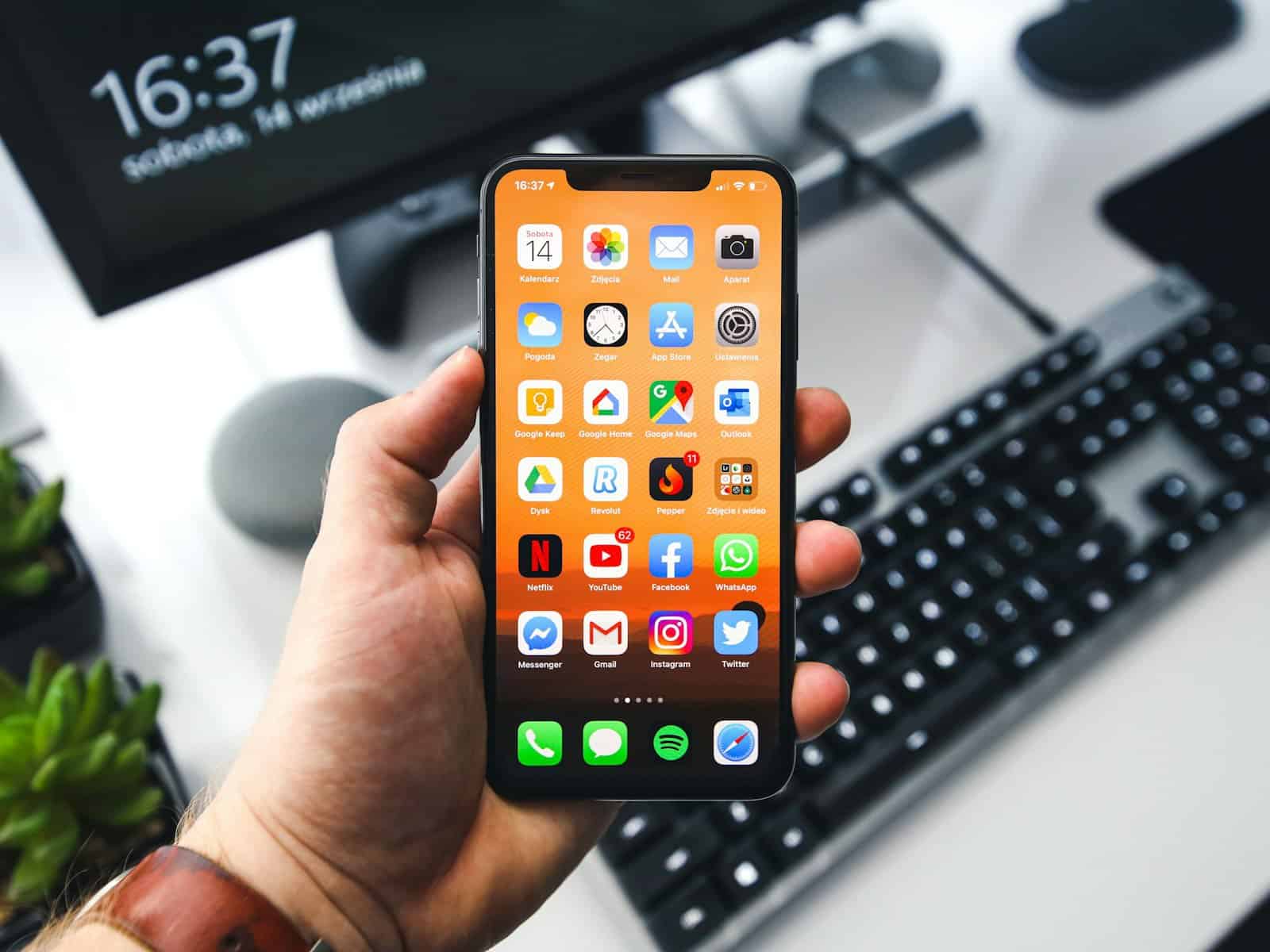
Noticing black spots on your iPhone screen can be alarming. These dark areas often appear after dropping your phone and can significantly impact your viewing experience. Black spots on iPhone screens are typically caused by physical damage to the LCD display, which can spread over time just like cracks in a car windshield.
While some black spots might temporarily disappear after restarting your device, this is usually just a temporary fix for a hardware issue. The spots commonly result from impact damage or, in some cases, water exposure that has affected the internal display components of your iPhone.
If you’ve noticed these troubling marks on your screen, don’t panic. There are several potential solutions ranging from simple troubleshooting steps to professional repair options. Understanding the cause of your specific black spot issue is the first step toward finding the right solution.
What Causes Black Spots on an iPhone Screen?
Black spots on your iPhone display typically stem from one of two issues: physical damage or hardware malfunction. These spots can appear as small dots or larger blotches and may grow over time if not addressed.
Common causes include:
- Dead pixels: Individual pixels that no longer respond due to internal failure.
- Stuck pixels: Pixels that are lit in the wrong color and can sometimes be fixed.
- Screen pressure damage: Caused by excessive pressure or impact, like dropping the phone or keeping it in a tight pocket.
- LCD/LED leakage: Internal cracks in the display layers can cause ink-like spreading beneath the glass.
- Water damage: Moisture entering the phone can disrupt the screen’s components and leave behind permanent dark marks.
If you’re seeing a growing black blob or dots that weren’t there before, it’s usually a sign that the screen was physically compromised.
Immediate Steps to Take
1. Restart Your iPhone
This is basic but sometimes effective, especially for display glitches or software hiccups. Hold down the power button and restart to see if the black spot disappears. If it’s still there, it’s likely a hardware issue.
2. Check for External Debris
Sometimes a screen protector or a dirty display can make it look like there are dark spots when it’s really just residue. Clean the screen with a microfiber cloth and inspect it under bright light.
3. Run a Pixel Test
You can use apps designed to identify dead or stuck pixels by rapidly cycling through colors. These are usually helpful to confirm if the issue is with individual pixels rather than a larger hardware fault.
Can You Fix Black Spots Yourself?
If the screen damage is minor, there are a few DIY methods you can try:
Try a Stuck Pixel Fix App
Some apps cycle colors or flash the screen rapidly to attempt to unstick pixels. These can occasionally work on very small dark dots but won’t help larger spots caused by physical damage.
Gently Massage the Screen
This method involves turning the phone off and using a soft cloth to apply light pressure in a circular motion over the affected area. It’s meant to redistribute liquid crystal in the display, but it’s risky—applying too much pressure can make things worse.
Warning: This method is not recommended unless the phone is out of warranty and the spot is extremely small. You risk causing more damage.
When You Should Replace the Screen
If the black spot is growing, interfering with your ability to use the phone, or clearly caused by impact or water, screen replacement is the only real fix. Most iPhones have laminated displays, so the glass and screen are fused together—replacing just the LCD is not typically an option.
Signs You Need a Screen Replacement:
- The black area is spreading.
- Touch responsiveness is affected.
- You see vertical lines or flickering near the dark area.
- The spot appeared after a drop or moisture exposure.
How Much Does Screen Replacement Cost?
Screen repair costs vary based on your iPhone model and whether you go through Apple, a third-party repair shop, or do it yourself.
Here’s a rough breakdown:
- Apple Store: \$129–\$379 depending on the model and warranty coverage.
- Authorized third-party repair: Typically \$100–\$300.
- DIY kits: \$50–\$150, but require precision tools and experience.
If you’re under AppleCare+, the repair may be significantly cheaper—often just a service fee.
What If It’s Not the Screen?
In rare cases, the issue might be with the iPhone’s graphics processor or display connector rather than the display itself. If that’s the case, replacing the screen won’t solve the problem.
If you’ve already replaced the screen and the issue remains:
- It could be a logic board problem.
- Internal corrosion from water damage may be spreading.
- The new display may not be seated correctly.
How to Prevent Black Spots in the Future
Once your iPhone is repaired or replaced, here’s how to avoid similar issues:
- Use a sturdy case with reinforced corners to absorb shock.
- Avoid sitting or putting pressure on your phone in your pocket or bag.
- Keep it dry—don’t trust “water-resistant” to mean waterproof.
- Use a screen protector to add a buffer against scratches and minor pressure.
- Don’t expose the screen to extreme heat which can cause expansion or pressure damage.
Key Takeaways
- Black spots on iPhone screens are usually caused by physical damage to the LCD and may worsen over time without proper repair.
- Immediate troubleshooting steps like restarting your device might provide temporary relief but won’t fix underlying hardware damage.
- Professional assessment at an Apple Store is recommended for accurate diagnosis and to explore repair options covered by warranty.
Understanding Black Spots on iPhone Screens
Black spots on an iPhone screen usually point to physical damage, and while minor cases might be patched with tricks or apps, most require a screen replacement. The key is to catch the issue early—if you see a small black spot forming, back up your data and consider your repair options before it gets worse.
Black spots on iPhone screens are a frustrating issue that can interfere with your viewing experience. These visual defects can appear suddenly and vary in size, shape, and cause, making proper identification essential for finding the right solution.
Types of Black Spots
There are several distinct types of black spots that can appear on an iPhone screen. Dead pixels are individual display elements that no longer display any color and remain permanently black. Unlike dead pixels, stuck pixels display only one color continuously and won’t change regardless of what should be showing on that part of the screen.
Pressure marks appear as dark blotches that may spread over time. These often result from cracks in the LCD following physical impact.
Screen burn-in can create persistent dark areas where static images were displayed for extended periods. This is more common on OLED screens found in newer iPhone models.
Common Causes
Physical damage is the most frequent cause of black spots. Dropping your iPhone can create cracks in the display that appear as black dots or spots. These cracks tend to spread over time, similar to a car windshield crack.
Manufacturing defects occasionally result in black spots that appear without any physical trauma. These are rare but may be covered under warranty if detected early.
Electrical issues within the display components can cause certain areas to malfunction and display as black spots. This often happens near the edges of the screen where connection points exist.
Extreme temperatures or overheating can damage the screen’s internal components. Leaving your iPhone in direct sunlight or near heat sources might result in display damage that presents as black spots.
Immediate Steps to Take
When black spots appear on an iPhone screen, quick action can prevent further damage. These spots might indicate hardware issues or software glitches that require different approaches to resolve.
Identifying the Issue
The first step is to determine what kind of black spot you’re dealing with. Dead pixels appear as tiny, perfectly square black dots that don’t change or move. These are hardware issues affecting the screen itself. Physical damage spots often have irregular shapes and might appear after dropping the phone.
Software-related black spots typically appear during specific apps or actions and may disappear when the screen is refreshed. These spots might flicker or change position when the screen content changes.
Clean the screen with a soft, lint-free cloth to ensure what you’re seeing isn’t simply dirt or smudges. Examine the spot under good lighting to check if it’s on the surface or beneath the glass.
The location and behavior of the spot provide important clues about its cause and potential solutions.
Initial Troubleshooting
Start with a force restart of the iPhone, as this can resolve many software-related display issues. For newer models, quickly press and release volume up, then volume down, then hold the side button until the Apple logo appears. For older models with a home button, hold both home and power buttons simultaneously.
Next, check if the spots appear only in certain apps. If so, try updating or reinstalling those apps. If spots appear everywhere, update iOS to the latest version through Settings > General > Software Update.
Adjust display settings by going to Settings > Display & Brightness. Try changing brightness levels and toggling True Tone or Night Shift off and on.
For basic hardware maintenance, gently clean the screen with a microfiber cloth. Avoid applying pressure to the damaged area as this might make the issue worse.
Professional Assessment
When black spots appear on an iPhone screen, professional diagnosis can identify the cause and provide the right fix. Getting expert help ensures proper repair without causing further damage.
When to Seek Professional Help
If you’ve tried basic troubleshooting methods and the black spots remain, it’s time to consult a professional. Persistent black spots often indicate hardware issues that require specialized tools and expertise.
Dead pixels or liquid damage are common causes that home remedies can’t fix. Water damage especially needs immediate professional attention to prevent corrosion.
The presence of growing black spots or spreading discoloration signals internal damage that could worsen over time. When the black spot is accompanied by other problems like touch response issues or screen flickering, professional assessment becomes crucial.
DIY repairs on modern iPhones can void warranties and potentially cause more harm. Apple Support representatives can help determine if the device needs in-person service based on symptoms described.
Finding an Authorized Service Center
Apple offers several official service options including Apple Store appointments and mail-in repairs. Using the Apple Support website or app, customers can easily locate nearby authorized service providers.
Authorized service centers use genuine Apple parts and follow manufacturer protocols. This ensures quality repairs and maintains device warranty coverage when applicable.
While third-party repair shops may offer lower prices, they might use non-original parts that could affect performance. Customers should verify if the shop has Apple certification or good reviews before proceeding.
Before visiting any repair center, backing up the iPhone is essential. Repair technicians may need to perform tests that could erase data. They might also provide a repair estimate and timeframe depending on part availability.
For devices covered under AppleCare+, screen repairs typically involve lower service fees compared to out-of-warranty repairs.
DIY Repair Options
While black spots on iPhone screens often indicate hardware damage, there are several do-it-yourself approaches you can try before seeking professional help. These methods range from simple cleaning techniques to more advanced pixel repair options.
Tools and Materials Required
To attempt DIY repairs for black spots on your iPhone screen, you’ll need:
- Microfiber cloth (avoid paper towels which can scratch)
- Screen cleaner (alcohol-free solution specifically for electronics)
- Soft, clean toothbrush (for gently cleaning ports)
- Suction cup (for screen removal if attempting replacement)
- Plastic pry tools (if replacing screen)
- Precision screwdriver set (for iPhone-specific screws)
- New screen (if replacement is necessary)
- Screen protector (to prevent future damage)
Quality tools are essential for successful repairs. Using improper tools can cause additional damage to your device’s delicate components.
Step-by-Step Repair Guide
Diagnose the issue: Determine if black spots are dirt/debris or actual screen damage. True damage appears as dark spots that don’t move.
Clean the screen: Turn off your iPhone and use a microfiber cloth with screen cleaner to gently wipe the surface. Sometimes what appears to be damage is simply stubborn dirt.
Relieve pressure: If your phone is in a case, remove it. Tight cases can sometimes create pressure points that cause display issues.
Perform a restart: Some display glitches can be resolved with a simple restart. Hold power and volume buttons to reboot your device.
Attempt pixel repair: For dead pixels, try specialized pixel-fixing apps that rapidly cycle colors to stimulate dead pixels.
Screen replacement: For physical damage, carefully remove the damaged screen using suction cups and pry tools. Disconnect battery first, then detach display connectors before installing the new screen.
Always handle your iPhone with care during repairs and work on a clean, well-lit surface. Remember that DIY screen replacement will void your warranty.
Preventive Measures
Preventing black spots on your iPhone screen is much easier than trying to fix them after they appear. Taking proper care of your device can save you from costly repairs and frustrating screen issues.
Proper Handling and Maintenance
Careful handling is essential to prevent screen damage that can lead to black spots on your iPhone. Users should avoid dropping their devices or placing heavy objects on top of them.
When not in use, it’s advisable to store the iPhone in a safe place away from extreme temperatures. Heat and cold can damage the LCD components and lead to display issues.
Regular cleaning is crucial. Using a soft microfiber cloth to wipe the screen gently removes oils and dirt that might cause pressure points. Avoid using harsh chemicals or abrasive materials that could damage the screen coating.
Users should also be mindful when carrying their phones in pockets or bags with keys, coins, or other hard objects that might press against the screen.
Choosing the Right Accessories
Quality protective gear is a worthwhile investment for preventing display damage. A high-quality screen protector serves as a sacrificial barrier against impacts and scratches.
Types of screen protectors:
- Tempered glass (strongest protection)
- PET film (budget-friendly)
- Privacy screen protectors (added security)
A sturdy case with raised edges provides additional protection by keeping the screen from directly contacting surfaces when placed face-down. Cases with shock-absorbing materials like silicone or rubber offer extra defense against drops.
Waterproof cases are recommended for those who use their iPhones near water. Water damage can cause internal corrosion that may manifest as black spots on the screen over time.
Cost and Warranty Considerations
Fixing black spots on your iPhone screen involves understanding repair options and potential expenses. Before deciding on a repair route, it’s important to know what costs to expect and what coverage might apply to your situation.
Understanding Repair Costs
Screen replacement costs vary significantly depending on your iPhone model and where you get it repaired. Apple’s official screen replacement services typically range from $129 for older models to $379 for newer Pro Max versions. These prices assume there’s no additional damage beyond the screen issue.
Third-party repair shops often offer lower prices, sometimes 30-50% less than Apple’s official rates. However, quality can vary significantly between repair providers.
DIY repair kits for minor issues like small black spots can cost between $20-$50, but they require technical skills and may void your warranty. Professional diagnosis is recommended before attempting self-repair.
For black spots specifically, the repair may not always require a full screen replacement. Some repair shops can fix isolated damage at lower costs if the touch functionality still works properly.
Warranty and Support Options
Apple’s standard warranty covers manufacturing defects for one year from purchase. If the black spot appeared without physical damage, it might be covered under warranty. Contact Apple Support to check your coverage status before pursuing repairs.
AppleCare+ extends coverage to two years and includes accidental damage protection (with service fees). With AppleCare+, screen damage typically costs $29-$99 to repair, much less than out-of-warranty repairs.
Black spots caused by pressure or impact are usually considered physical damage and may not be covered under standard warranty. Apple technicians can determine if your issue qualifies for warranty service.
For support options, you can visit an Apple Store, contact an Apple Authorized Service Provider, or use Apple’s mail-in repair service. Getting an official estimate before proceeding is recommended.
Addressing Other Screen Anomalies
Black spots aren’t the only screen issues iPhone users encounter. Several other display problems can affect your device’s usability and appearance, often requiring different troubleshooting approaches.
Issues Beyond Black Spots
Screen flickering often indicates a software glitch or backlight failure. If your iPhone screen flickers, try updating iOS first. When updates don’t help, reset all settings through Settings > General > Reset.
Green or purple lines across the screen usually point to hardware damage. These typically appear after drops or pressure damage. Unlike black spots, these lines rarely disappear without professional repair.
Ghost touch (when your screen responds to touches you didn’t make) can often be fixed by:
- Removing screen protectors
- Cleaning the screen with a microfiber cloth
- Restarting the device
- Factory resetting as a last resort
The iPhone 15 models may experience unique display issues like rainbow effects at certain angles. This is normal behavior for OLED displays and not a defect.
Troubleshooting Other iPhone Models
Older iPhones handle screen issues differently than newer models. The iPhone X through 13 series might show black spots from physical damage that require professional repair services.
Budget-friendly options like iPhone SE experience fewer OLED-specific issues but may develop LCD bleeding around edges after drops. This appears as light leakage and differs from the isolated black spots on OLED screens.
For iPhone 8 and earlier models, backlight problems often manifest as dim areas rather than distinct spots. Try adjusting brightness settings before assuming hardware failure.
When comparing iPhone screen issues to those on Android devices, repair approaches differ significantly. While both platforms can develop black spots, iPhones require Apple-certified technicians, whereas many cell phones from other manufacturers offer more repair flexibility.
Tips for Non-iPhone Users
Black spots on phone screens can happen to any device, not just iPhones. These annoying display problems often have similar causes and solutions across different brands.
Android and Other Devices
If you notice black spots on your Android screen, try restarting your device first. This simple step can sometimes resolve temporary display glitches.
Physical pressure is a common cause of screen damage. Remove any tight phone case and check if the spot decreases in size. Sometimes relieving pressure allows the screen to heal slightly.
For Samsung and other Android devices, adjusting screen brightness settings may help identify if the issue is hardware or software related. Try toggling auto-brightness off in your settings menu.
Pixel damage often spreads slowly after a drop. If your device has been dropped recently, monitor the spot’s size over a few days.
Quick fixes to try:
- Restart the device
- Remove any case or screen protector
- Adjust brightness settings
- Check for system updates
- Perform a soft reset
Most manufacturers offer diagnostic tools in their service apps. Use these to test your screen for hardware failures before seeking professional repair.
Frequently Asked Questions
Black spots on iPhone screens are a common issue that can arise from several different causes. Understanding these causes and available solutions can help users decide the best course of action for their specific situation.
What are the causes of black spots on an iPhone screen?
Black spots on iPhone screens typically come from several different sources. Dead pixels are one of the most common causes, occurring when individual display elements stop working.
Stuck pixels are another culprit, where pixels remain fixed on a certain color and won’t change with the rest of the display.
Physical damage from dropping the phone can also create black spots, as seen in many repair cases. When the LCD or OLED panel gets damaged, black areas can appear.
Screen burn-in is another possibility, especially on OLED screens where static images displayed for too long can create permanent shadows.
Can black spots on an iPhone screen be fixed at home, and what are the risks?
Some black spots can potentially be addressed through DIY methods, though results vary significantly. For stuck pixels, specialized apps that rapidly cycle through colors may sometimes resolve the issue.
Restarting the device occasionally helps with temporary display glitches, as some users have reported success with this method.
The risks of DIY repairs include potentially voiding the warranty and causing additional damage. Attempting to physically repair the screen without proper tools and expertise can lead to complete screen failure.
Users should avoid applying pressure to black spots, as this can spread the damage further across the display.
What professional repair options are available for an iPhone with black spots on the screen?
Apple’s official repair service is the most reliable option, especially for phones still under warranty or covered by AppleCare+. Warranty-covered issues may qualify for free repairs if they don’t show signs of impact damage.
Authorized Apple repair centers offer the same quality parts and service as Apple Store repairs, with similar pricing structures.
Third-party repair shops may offer more competitive pricing but vary in quality and reliability. It’s important to check reviews and ensure they use high-quality replacement parts.
Mail-in repair services are also available for those who don’t have convenient access to physical repair locations.
Are black spots on an iPhone screen indicative of a larger problem?
In many cases, black spots can signal deeper hardware issues. Spreading black spots often indicate that the damage is progressive and may eventually affect larger portions of the display.
Black spots appearing after a drop or impact may coincide with other internal damage that isn’t immediately visible. The phone should be checked for other functional issues.
If black spots appear suddenly without any apparent cause, this could indicate manufacturing defects or premature screen failure. This is particularly important to document for warranty claims.
Temperature-related black spots might point to overheating issues that could affect other components beyond just the display.
How can one prevent the spread of black spots on an iPhone screen after noticing the first signs?
Immediately backing up all data is crucial when black spots appear, as they may signal impending display failure. This ensures no data is lost if the screen becomes completely unusable.
Avoiding physical pressure on the affected area helps prevent spreading, as demonstrated in several repair guides.
Keeping the phone at moderate temperatures can help prevent thermal stress that might expand existing damage. Extreme heat or cold should be avoided.
Minimizing screen brightness and usage time can slow the progression of certain types of screen damage, particularly burn-in related spots.
What are the typical costs associated with repairing black spots on an iPhone screen?
Out-of-warranty screen replacements through Apple typically range from $150-$380 depending on the iPhone model. The newer and more premium the model, the higher the repair cost.
AppleCare+ significantly reduces these costs, with most screen repairs covered for a nominal service fee of $29-$99.
Third-party repairs generally cost 30-50% less than official Apple repairs, but quality and warranty coverage vary significantly.
DIY repair kits are available for $50-$150 but require technical skill and void any remaining Apple warranty. These should only be considered by experienced individuals.

